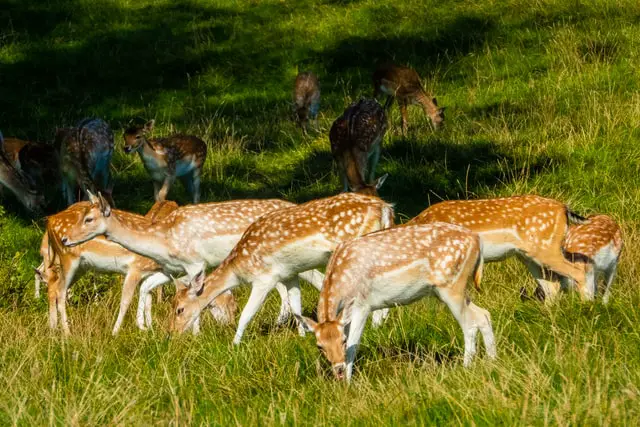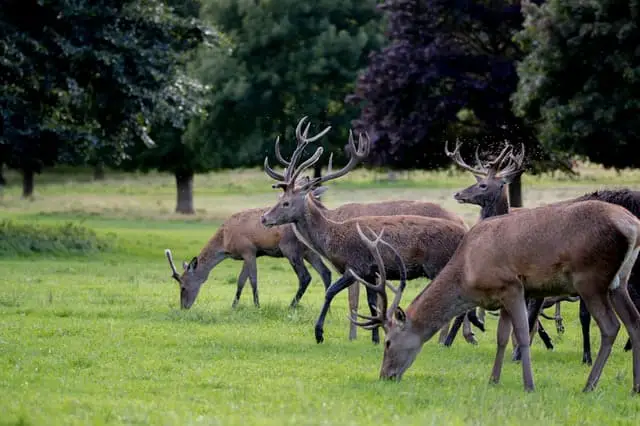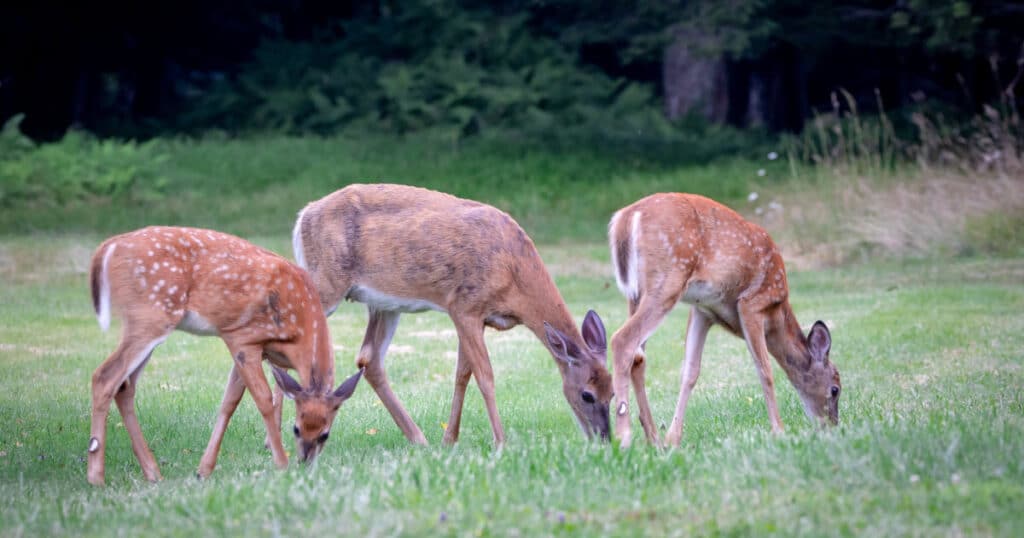Deer live in small groups, typically their relatives which can include immediate family all the way to their aunts and uncles. But what do you call a group of deer?
So, What do You Call a Group of Deer?
Table of Contents
ToggleA group of deer is often called a herd.
When referencing a group of deer, the plural form of deer is “deer,” not “deers.”
Do Groups of Deer Migrate or Travel Together?
For large mammals around North America, especially within the lower 48, we typically think we kind of know what’s going on and here we have hundreds of animals migrating 150 miles across public and private lands right underneath our noses but we didn’t even know about it.

The Neil Deer Study
We recently started the Neil deer study in the red desert of Wyoming. The study was intended to simply document the movement and distribution patterns of deer. We thought this was a non-migratory event and occurred in the desert. To my surprise (and everybody else’s) it turns out that most of these deer migrate some 150 miles north. They travel to the mountain ranges of Northwest.
New GPS technology provides us a window into this sort of mysterious process of migration. It’s something that we’ve never had before. When you look at this migration on a map you say wow. These deer moved 150 miles!
Obstacles, Overcome
It’s especially impressive when you actually look at this migration route on the ground. I’ve seen first hand the landscape and the obstacles that these animals have to move through. There were over 100 fences and multiple reservoir crossings and river crossings.

My job as a photojournalist working on this project is to show people what deer migration looks like. I want to show people this type of migration footage that gets people to envision what it’s like to be a migrating animal. It’s moving 100 miles 200 miles and try to help people think about these long-distance movements.
A lot of the areas that I focused on is at the outlets of these lakes called Finger Lakes. One thing that was really interesting for me came when I clicked through and looked through the video. There’d be a lot of vocalizations. These migration behaviors are learned from other offspring from generation to generation.


